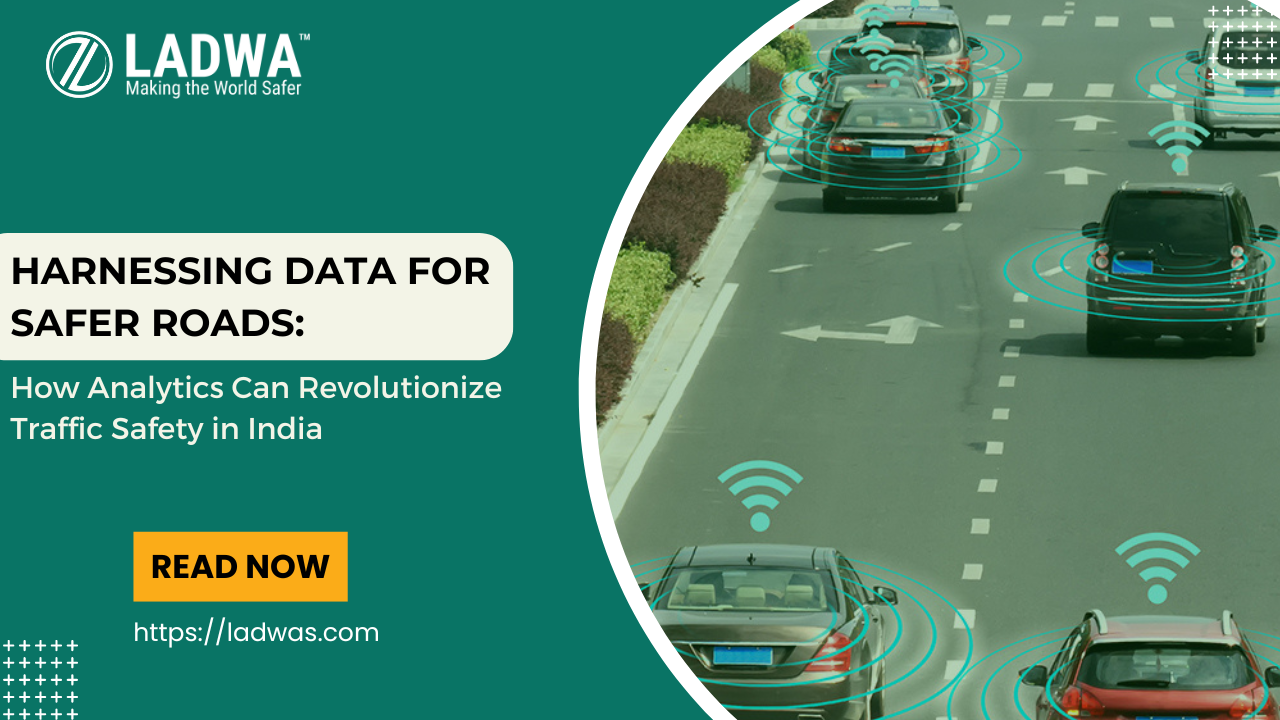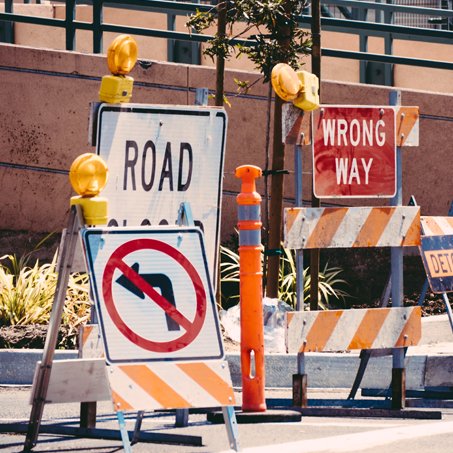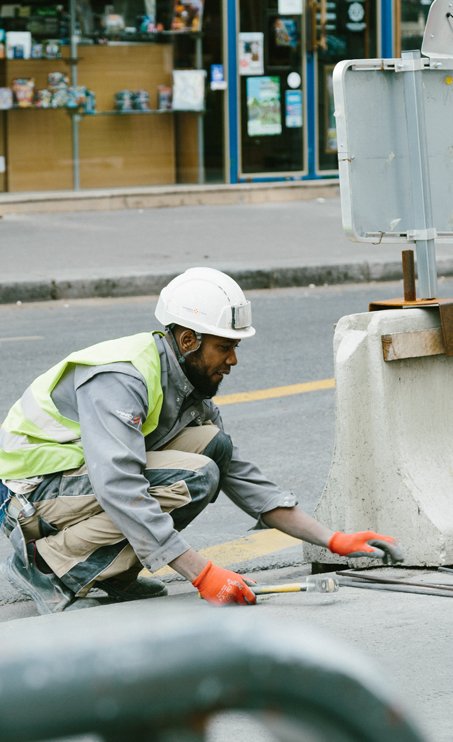Introduction
Road accidents have become a major public health crisis in India, with tragic consequences for individuals, families, and communities. Data reveals the staggering toll – over 150,000 deaths and 400,000 injuries each year on Indian roads. This unacceptable level of loss has prompted the government to establish the ambitious Vision Zero initiative, which aims to halve road fatalities by 2030.
To achieve this transformative goal, data and analytics will play a crucial role. By leveraging the insights hidden within traffic, accident, and infrastructure data, policymakers and transportation planners can identify high-risk areas, analyze contributing factors, and implement targeted interventions. From optimizing traffic signals to enhancing road design, data-driven solutions hold immense potential to save lives and prevent life-altering injuries.
This blog will explore how the strategic application of data analytics can be a game-changer in India’s quest for safer roads. By examining best practices from other nations and outlining a roadmap for data-led road safety initiatives, it aims to inform and inspire stakeholders across the public and private sectors to collaborate in realizing the Vision Zero ambition and ushering in a new era of transportation safety for all Indians.

The effectiveness of data analytics hinges on the quality of the data itself. Unfortunately, India faces challenges in collecting and maintaining accurate traffic accident data. Here’s why accurate data is crucial.

- Inconsistent Reporting: Many accidents, especially minor ones, go unreported. Overcoming the Challenge: Encourage reporting by simplifying the process, offering incentives, and raising public awareness about the importance of reporting all accidents.
- Data Discrepancies: Data collected by different agencies may vary in format or accuracy. Overcoming the Challenge: Standardize data collection procedures across all agencies involved in traffic management. Implement data quality checks and verification processes.
- Limited Technology Adoption: Manual data collection is prone to errors and delays. Overcoming the Challenge: Invest in digital platforms for accident reporting, leveraging mobile apps or online portals. Integrate these platforms with different agencies for centralized data collection.

By harnessing the power of data analytics and overcoming data collection challenges, we can move towards a future where Indian roads are safer for everyone.
Conclusion
The data-driven transformation of road safety in India is both an imperative and an immense opportunity. By harnessing the power of analytics, policymakers and transportation authorities can make significant strides towards the ambitious Vision Zero goal of halving road fatalities by 2030. From predictive modeling to optimize traffic management to data-informed infrastructure upgrades, the potential to save lives is immense.
However, realizing this vision will require collaborative efforts across government, industry, and communities. As a leading provider of data analytics solutions, Ladwa Solutions stands ready to partner with stakeholders and drive this crucial transformation. With expertise in AI-powered traffic monitoring, accident hotspot identification, and predictive modeling, Ladwa can equip decision-makers with the insights needed to allocate resources effectively and implement evidence-based interventions.
The time to act is now. By embracing data-driven strategies for road safety, India can move closer to a future where no life is lost on its streets. Ladwa Solutions is poised to be a catalyst in this journey, leveraging cutting-edge technology to help build a safer, more sustainable transportation network for all. Together, we can turn the tide on this public health crisis and make India’s roads a model of safety and innovation.











